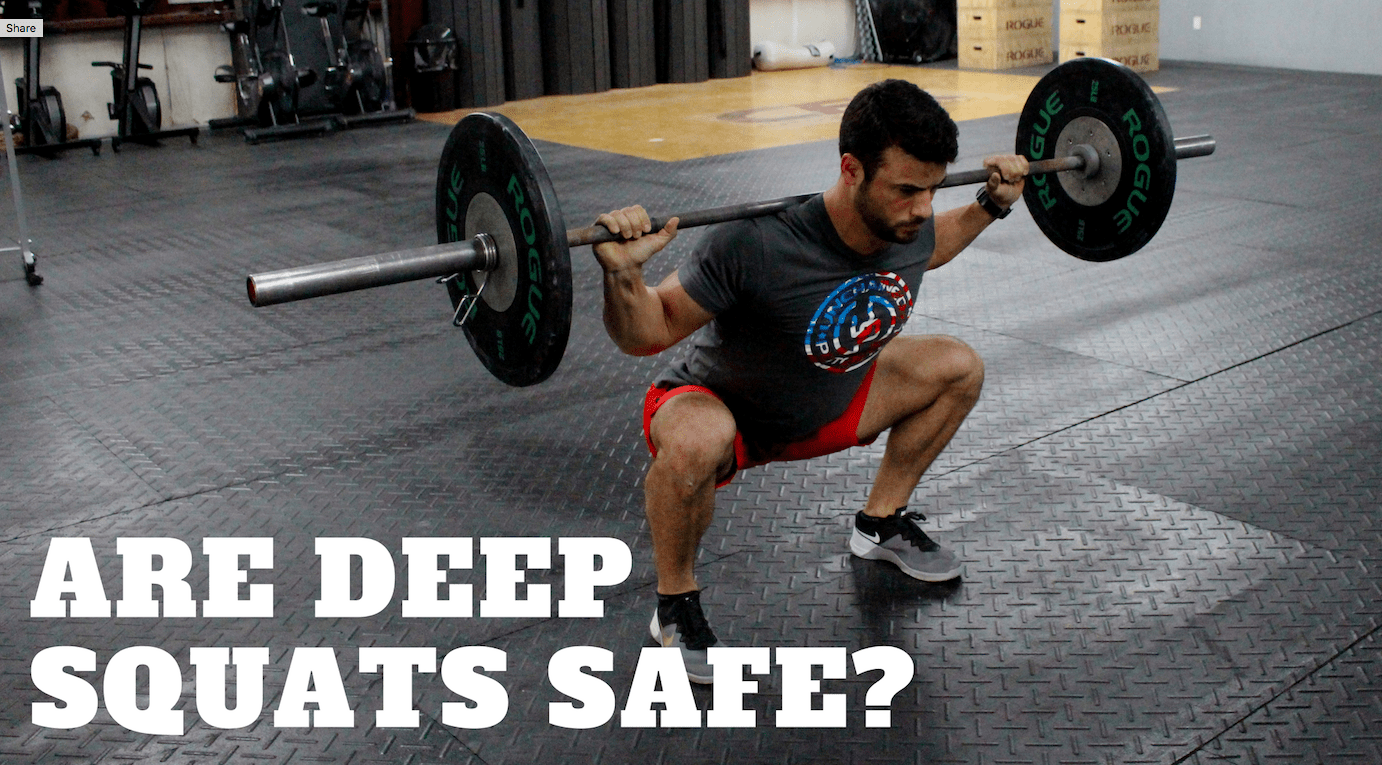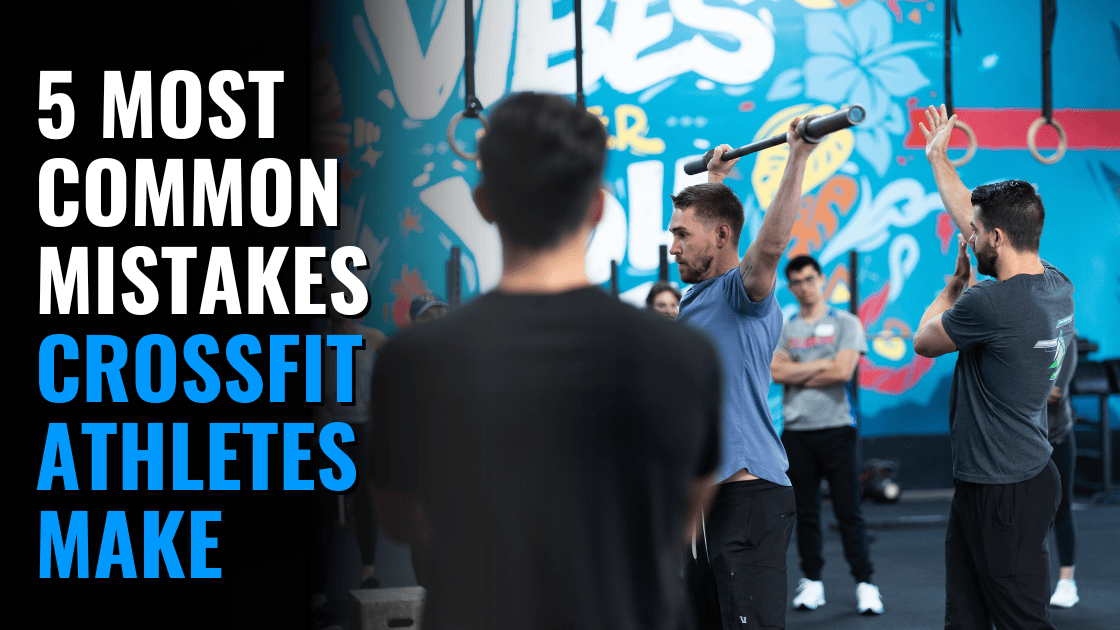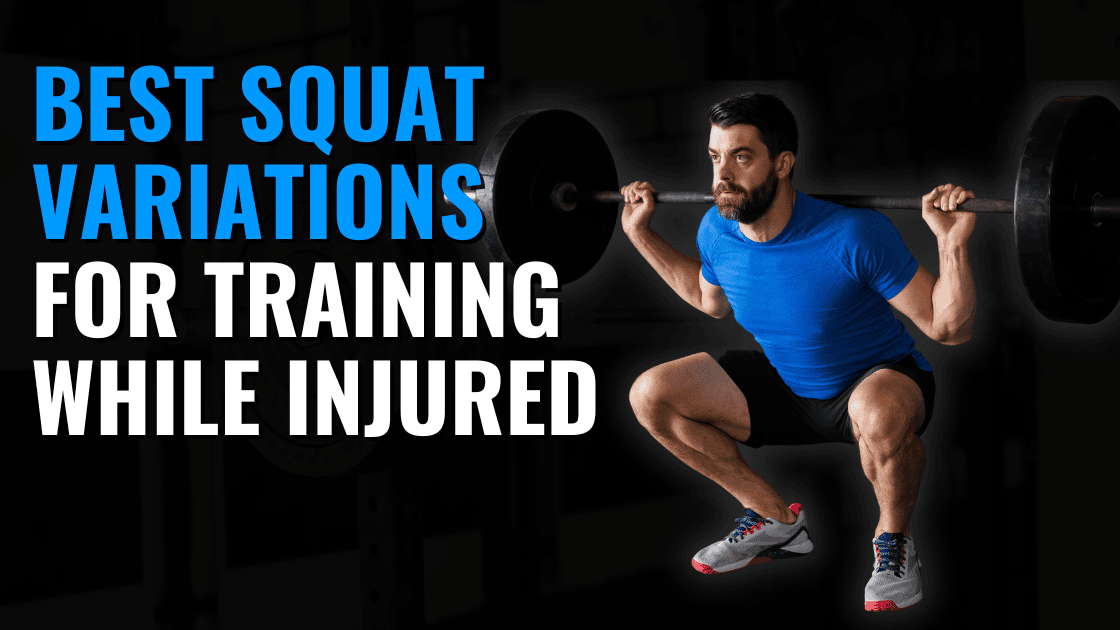The Safety of Deep Squats
I am excited to have Dr. Mitch Babcock of HealthHQ contribute this amazing research review on the safety of deep squats. Squats unfortunately continue to get a bad wrap in the medical world as a knee destroyer. But the available literature on deep squats shows them to be very safe. Research also proves them to be very beneficial for the long term health of your knees. He also covers a variety of tools to use to alter individuals squat pattern based on their specific needs.
This video on the safety of deep squats is a small piece of the Clinical Management of the Fitness Athlete Weekend Intensive Course that Mitch and I teach for the Institute of Clinical Excellence. In this course, we work through all the major movements performed by fitness athletes, break them out, and discuss a wide variety of treatment strategies.
Video Summary
The presenter provides an in-depth analysis of squat mechanics, addressing common misconceptions, safety concerns, and variations that can improve performance and reduce injury risks. He begins by tackling the question often asked about deep squats in strength sports, particularly in CrossFit and Olympic weightlifting, asking whether they are safe and should be included in training programs. Citing research by Hartmann and colleagues, the presenter stresses that deep squats are not only safe for most athletes but also effective in strengthening the lower extremities. This research emphasizes that deep squats don’t increase the risk of injury to passive tissues. In fact, training through a full range of motion makes the body more resilient and enhances strength across a larger spectrum of movement.
Knee Joint Response to Deep Squats
A primary concern in resistance training, especially with deep squats, is the load placed on the knee joint, particularly the retro-patellar area. This area is often thought to be under excessive stress when the knees move into deeper flexion. However, the presenter points out that the highest compressive forces behind the kneecap actually occur at a 90-degree knee angle. As athletes move deeper than this, there is a “wrapping” effect where forces are more evenly distributed across various structures. For instance, as the knee flexes past 90 degrees, the quadriceps tendon makes contact with the femoral condyles, and the calf begins to make contact with the thigh. These contacts help disperse forces, making deep squats less compressive on the knee than stopping at parallel, contrary to some commonly held beliefs in clinical settings. The recommendation is to avoid half-squats, as stopping at parallel actually maximizes compression in the knee joint without the benefits of full-depth squat mechanics.
In terms of practical application, the presenter recommends that athletes with the mobility and strength to squat deeply should integrate full-depth squats into their training to take advantage of this safer, more effective range of motion. The presenter also mentions a study from the Olympic Training Center, where injury rates in athletes who squat deeply under high loads were surprisingly low, with injuries at just 3.3 per 1,000 training hours. Most injuries in this population were minor and lasted only one day or less. The presenter highlights that these athletes, despite frequently squatting to full depth under load, do not show signs of joint degeneration or injury rates that might suggest deep squats are harmful.
A significant finding from the research is that athletes who squat deeply tend to have thicker, stronger cartilage in the patellar region, as shown in MRI studies. The adaptation of cartilage to load and range of motion is a positive one, indicating that deep squats encourage increased resilience and load-bearing capacity in joint tissues. The presenter explains that training through a full range of motion, rather than restricting it, results in healthier joint structures, debunking the myth that deep squats inherently damage the knees.
Back vs Front Squats
The discussion then shifts to squat variations, specifically the differences between back squats and front squats. Using an EMG analysis study by Gullett and colleagues, the presenter explains that, in terms of muscle activation, both squat variations engage the quads, hamstrings, and spinal erectors similarly. However, the main difference lies in load distribution and compressive forces. The back squat allows for greater loads but applies more compressive force on the spine and knees. In contrast, the front squat offers similar muscle activation with less load and compressive stress, making it a valuable option for athletes dealing with knee or spine issues.
This variation in compressive force makes front squats particularly useful in clinical or rehabilitation settings. For example, athletes recovering from compressive injuries or dealing with spinal discomfort may benefit from front squats as they can continue building strength while reducing strain on sensitive areas. The presenter also notes that many athletes prefer back squats for their increased loading potential but reassures that front squats can maintain strength and muscle activation effectively, allowing athletes to cycle back to back squats when appropriate.
Stance Width
Next, the presenter addresses stance width and its influence on muscle activation, particularly the glutes. Wider stances generally increase glute max activation because they engage the muscles involved in hip abduction and external rotation, which is valuable in powerlifting where athletes don’t need to squat as deeply and are primarily focused on reaching just below parallel. For Olympic lifters, however, a narrower stance that allows for deeper squatting is often preferable as it better suits the requirements of their sport. Squatting deeper increases glute activation, achieving the same goal but through a different range of motion.
Knees Over Toes in Squats
The presenter also tackles the long-standing advice to avoid allowing the knees to go over the toes in a squat. Contrary to this guidance, recent studies indicate that allowing the knees to pass the toes actually helps in load distribution across the entire kinetic chain, reducing strain on specific joints. Blocking knee travel results in increased load on the hips and lower back, potentially leading to discomfort or injury in these areas. The presenter stresses that permitting knee travel allows for a natural, balanced squat pattern, which is safer for the knees in the long term.
The final points focus on how squat mechanics can be adjusted for individuals with unique needs or injury histories. He emphasizes that body dimensions, or anthropometrics, play a large role in determining the best squat technique for each athlete. For instance, those with longer femurs may struggle to maintain an upright torso in a back squat, leading them to favor a forward-leaning position. Athletes with mobility restrictions may benefit from heel elevation, such as using weightlifting shoes, which allow a more upright torso and deeper squat depth by increasing ankle dorsiflexion. Modifying squats to accommodate body structure, injury history, and sport-specific requirements allows for safe and effective training across various populations.
Clinically, he highlights that by understanding the biomechanics of different squat variations and muscle activations, practitioners can tailor squats to address specific pain points or weaknesses in athletes. For example, box squats or front squats might be recommended for athletes with knee pain, while wider stances could benefit those needing more glute activation without increasing stress on the lower back. Using knowledge of biomechanics and muscle activation, coaches and clinicians can enhance squat performance safely, making squats an accessible tool for athletes with diverse needs and goals.






